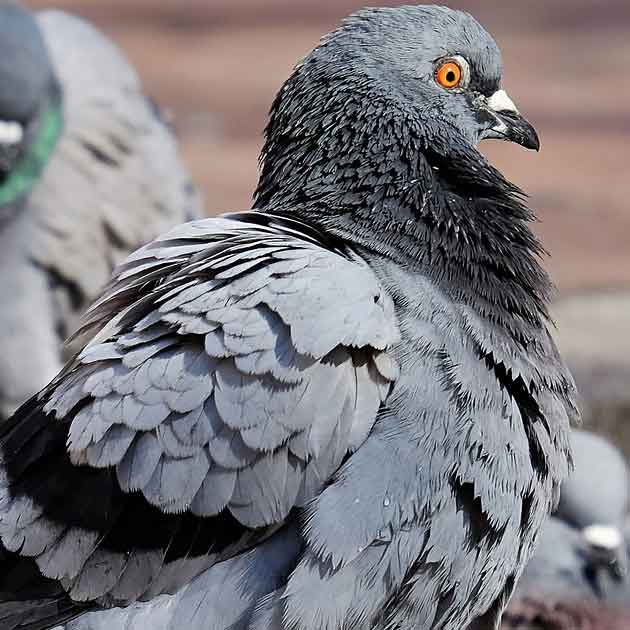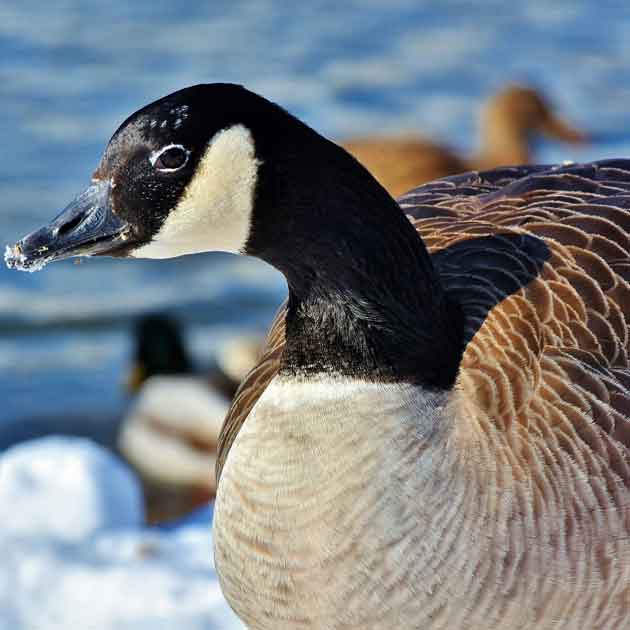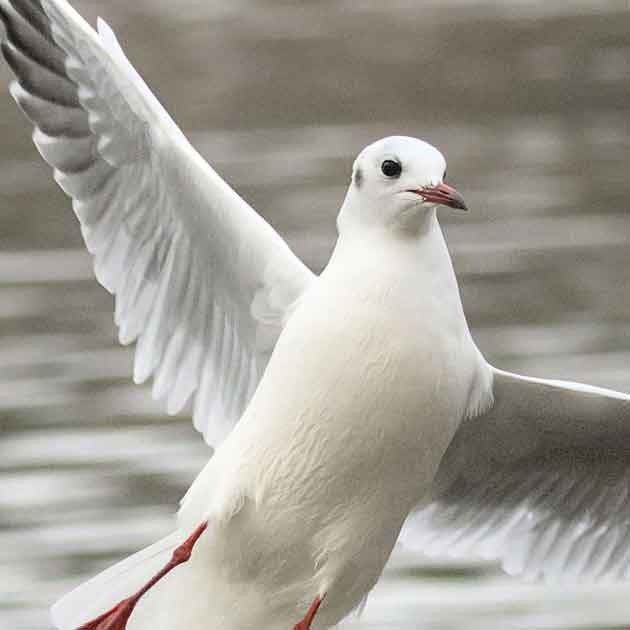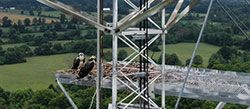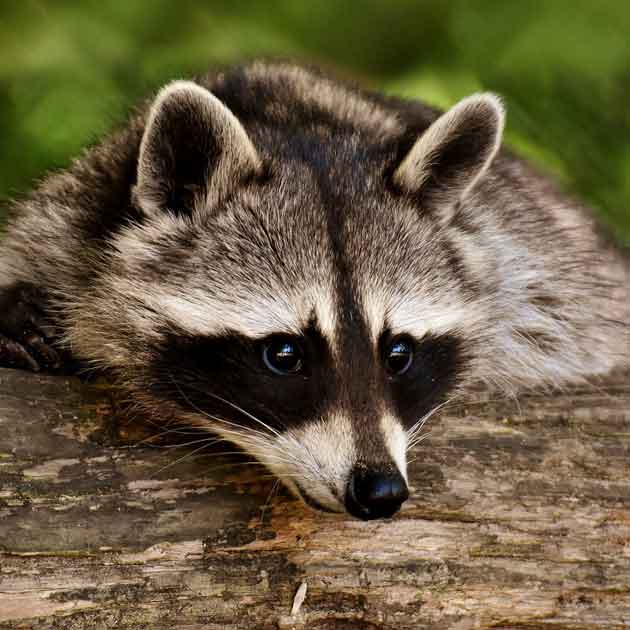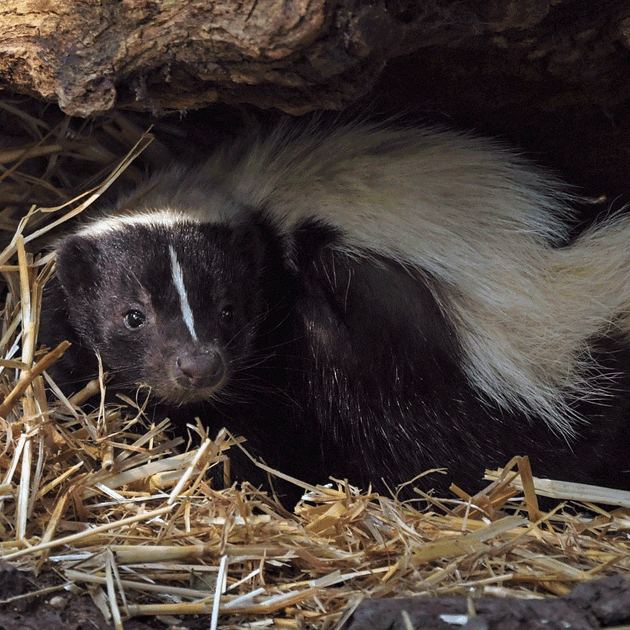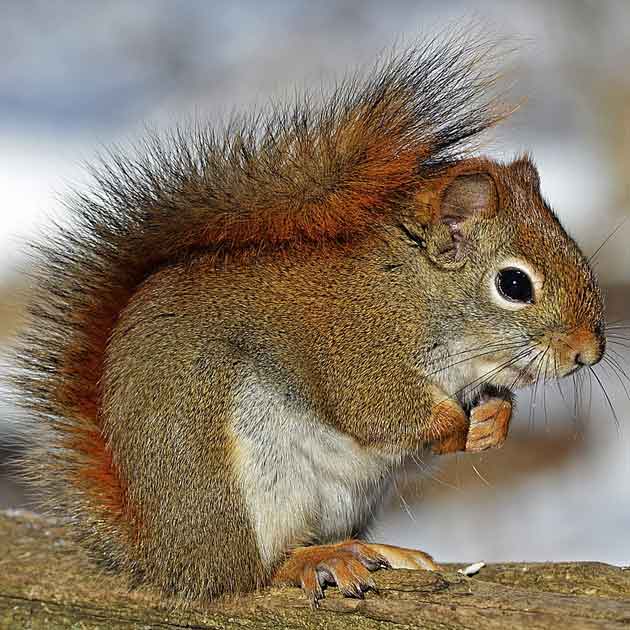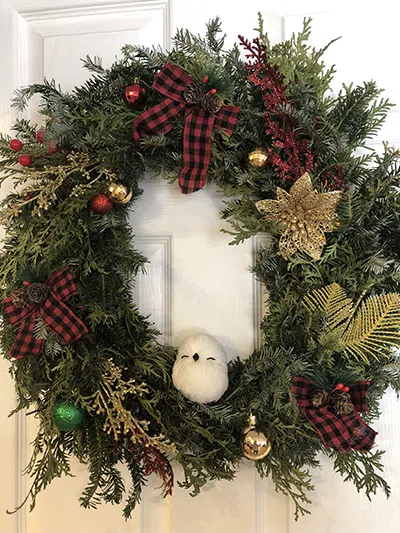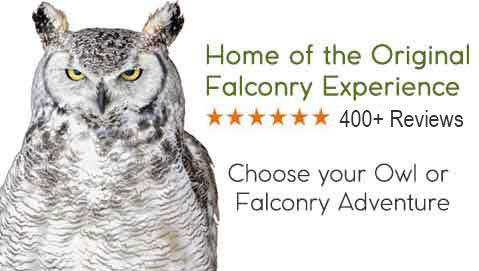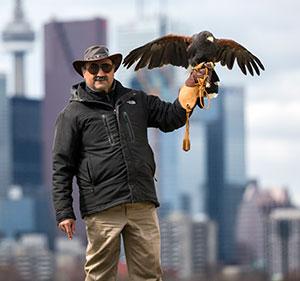Rooftop HVAC units, exhaust vents, and exposed AC ductwork are irresistible shelters for raccoons, not just in winter, but throughout the year, offering shade, water, or shelter for nesting. This is a critical issue for both commercial tenants and homeowners, with raccoons in HVAC units and AC ducts causing business interruptions, increased energy costs, and serious health concerns.
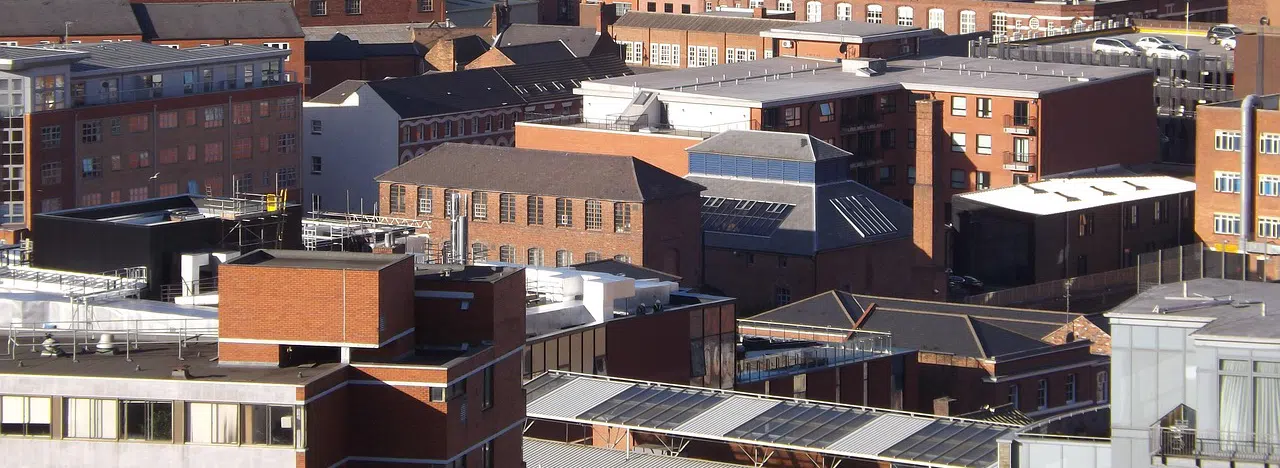
The types of properties affected by raccoons in rooftop ventilation units include residential homes, apartments, multi-unit buildings, offices, retail, and industrial facilities.
Why Raccoons Select HVAC and AC Ductwork
The Perfect Shelter
With HVAC/AC units mimicking a hollow tree, they offer a rare combination of warmth during the winter months), shade and insulation in hot summer temperatures, and security from predators.
The "AC Duct"-Highway
Raccoons take advantage of flexible ductwork, ventilation shafts, and exposed piping to move undetected into the unit's base or, critically, into the building's air supply system.
Common Entry Points (Specific to Modern/Older Systems):
- Unsealed Conduit/Pipe Penetrations
Gaps where refrigerant lines or electrical conduits enter the unit base or roof can be exploited. - Loose Access Panels
Panels or hatches on the rooftop unit (RTU) that are degraded, unlatched, or only lightly screwed down can provide easy access. - Damaged Intake/Exhaust Vents
Raccoons can pull back or chew through plastic or thin metal grates covering air vents on commercial roofs or residential wall/soffit units. - Condensate Drains
Seeking water, raccoons damage drain lines or pans.
Signs of Raccoon Infestation in HVAC Units or Ducts
- Unusual scratching or thumping noises inside units or ducts;
- Strong musky odour from feces or urine;
- Visible damage to wires, insulation, or duct seams;
- Reduced airflow or sudden system malfunction;
- Nighttime rooftop activity or tracks in snow near units;
- Residential-specific signs: attic or basement vents showing raccoon droppings or damage.
Raccoon Risks Across Commercial and Residential Properties
Commercial Properties
- HVAC Failure & Downtime
Raccoons chew on low-voltage control wiring causing shorts and unit shutdowns and/or destroy duct insulation leading to massive energy loss. - Health and Safety Compliance
Fecal contamination inside a unit or air duct is a direct biohazard that can violate health codes and potentially filter contaminants into the building, potentially putting tenants, employees, and customers at risk. - Legal Implications
Equipment failure and hazardous conditions lead to legal and reputational damage.
Residential Properties
- Air Quality Compromise
A variety of parasites and contaminants including raccoon roundworm (Baylisascaris procyonis) eggs spread from nesting sites and nearby latrines through the duct system and into living areas. - Insulation Destruction
Damage to duct insulation in attics or crawlspaces leads to dramatic increases in utility bills and potential damage from ice accumulation during the winter months. - Unit Damage
Homeowners face the cost of replacing chewed wiring and damaged components on central AC units or heat pump lines.
Seasonal Challenges & Patterns
- Winter
Raccoons seek warmth, nesting in ducts or units which may be more difficult to detect due to snow and ice coverage. - Spring
Mothers may seek safety and seclusion to raise kits in ducts or near rooftop units. - Summer
Juvenile raccoons learn to navigate units/ducts, causing noise and potential damage. - Fall
Increased movement as raccoons scout out shelter for the upcoming winter months.
Year-Round Raccoon Prevention Strategy
- Regularly inspect all rooftop HVAC units, AC ducts, and attic vent access points.
- Install raccoon-proof mesh/caps over ducts and vents.
- Trim trees near roof lines and remove potential climbing pathways.
- Seal gaps, loose flashing, or cracked duct joints.
What to Do if Raccoon Infestation Occurs in HVAC or Duct Units
- Avoid DIY removal - raccoons are aggressive and carry diseases.
- Close off units and ducts while waiting for professionals.
- Document any mechanical or insulation damage for potential insurance claims.
- Ensure pets and children are kept away from affected areas
- Call a professional to clean and disinfect units/ducts after removal to prevent health risks.
Raccoon Trapping, Relocation & Legal Considerations
- In Ontario, captured raccoons can only be lawfully relocated within 1 km - this almost always leads to repeat infestation,
- While relocation may sound like a humane way to deal raccoons, it often results in separation of mothers and their kits, animal distress from trying to survive in unfamiliar territory, and eventual return to their home range.
- Raccoons are smart animals and quick studies - after a relocation, they learn to avoid traps. You may need a professional raccoon removal service.
- Permanent raccoon removal is the only guaranteed solution for protecting a high-value, critical system like an HVAC unit. Only permanent removal guarantees that the animal will not return to cause further structural/electrical damage or health risks. This is the ultimate, long-term cost-saving measure.
Hawkeye’s Permanent Raccoon Removal for HVAC and AC Ducts
- Hawkeye Bird & Animal Control is the only licensed company in GTA authorized to trap and humanely euthanize raccoons.
- Permanent removal ensures that raccoons will not return.
- Families/kits can be handled safely inside HVAC units or AC ducts.
- Post-removal steps:
- Professional cleaning and disinfection;
- Installation of raccoon-proof covers for units and ducts;
- A plan for long-term monitoring and prevention.
FAQs
Q: Can I just turn the HVAC unit off to freeze the raccoon out?
A: Once a raccoon has settled into your unit, it is unlikely that merely turning it off will make the animal(s) leave. Even if it's not running, the unit still provides shelter, residual warmth and presumably nearby food sources.
Q: How do professionals remove raccoons safely from HVAC or AC ducts?
A: Depending on the season and whether you're dealing with a single raccoon or a family, residential/commercial raccoon removal professionals carefullly select appropriate traps and trap locations. Example: You absolutely cannot use a one-way door if a mother and babies are present. Separating the mother from her kits will result in tremendously more damage as she will move mountains to get back to her offspring.
Q: Can raccoons transmit diseases to maintenance staff or residents?
A: Raccoons can absolutely transmit diseases through HVAC systems and air ducts, especially to those with a weakened immune system.
Q: Can raccoon infestations in ducts spread to other parts of the building?
A: Yes, in fact, rooftop units often are used merely as a way for raccoons to access attics or crawl spaces.
Q: Will installing a raccoon guard prevent future raccoon infestation in rooftop HVAC, AC ducts, or vents?
A: A raccoon guard will help deter raccoons but it's not a fool-proof solution. It will require regular inspection and immediate repair when necessary.
Q: How is permanent removal different from trapping and relocating raccoons?
A: Permanent raccoon removal uses the same humane traps to capture the animals. But, instead of releasing the animal within a one kilometer radius, a licensed fur bearing trapper can legally and humanely euthanize captured wildlife.
Q: Are residential rooftop AC units as vulnerable as commercial units?
A: Yes, residential rooftop units may be even more vulnerable due to weaker materials and components than commercial units.
Q: Are insurance claims possible for raccoon damage in HVAC or ducts?
A: Most homeowners policies do not cover raccoon damages. It would be well worth a call to your insurance agent to verify this. Check out this article »
Q: How do we get rid of the lingering odour after raccoon removal?
A: While raccoons are actually quite clean and keep a latrine separate from their sleeping quarters, said latrine will have to also be removed and the area needs to be cleaned and disinfected. This is a job for professionals and there should be no lingering odor after completion.
Q: What other animals/birds can cause issues with HVAC and AC ducts?
A: The most common animals causing similar issues to raccoons are squirrels and a number of pest birds including pigeons and seagulls.
AC/HVAC Raccoon Prevention: A Permanent Solution to a Year-Round Problem
The presence of raccoons in urban centres continues to increase, and with that, problems for rooftop HVAC and AC duct systems will remain a year-round issue. When it comes to raccoons in ventilation systems, to minimize the risks of equipment damage, contamination, operational disruption, and health hazards preventative measures, early detection, and immediate intervention by a licensed professional are imperative. If you are a property owner, manager, or homeowner, act quickly to avoid the endless cycle of catch and release and inevitable recurring infestations.
Want to get rid of raccoons in AV/HVAC ducts and vents? Hawkeye Bird & Animal Control is the only licensed wildlife removal service offering permanent raccoon removal in the GTA.
Contact Hawkeye today for permanent raccoon removal. Our raccoon removal services are available all across the GTA, including Toronto, Scarborough, Brampton, Vaughan, Markham, Ajax, Pickering, Newmarket, Etobicoke, Oshawa, and Mississauga.


